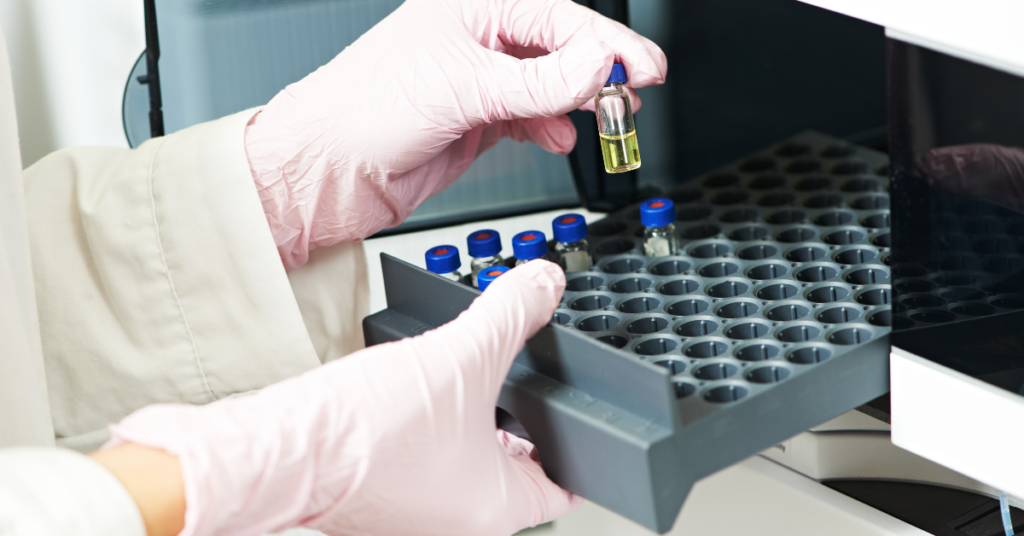There are a lot of terms and abbreviations used when discussing process validation, with some more common than others. Understanding these terms and abbreviations is important given the crucial role process validation plays in relation to compliance, product quality, and production line productivity.
QBD – Quality by Design
In a QBD approach to manufacturing a pharmaceutical product, you consider the quality of the product at the earliest possible stage rather than simply testing the product for quality towards to the end.
In practice, this means identifying the sources of variability that could possibly affect a process. You then document these sources of variability as well as determining how you will manage them. This should be documented too.
This approach ensures the proper identification of the root causes of quality issues. The end result is a pharmaceutical product that meets predefined quality standards from the start.
QTPP – Quality Target Product Profile
QTPP is a summary of the quality characteristics of a pharmaceutical product. These quality characteristics are essential to ensure the finished product meets the required standard of quality.
The FDA (US Food and Drug Administration) says the QTPP should also consider the “safety and efficacy” of the product.
Things that are considered when creating a QTPP include the dosage strength, delivery system, dosage form, container system, and more. It should also include considerations such as purity, stability, and sterility.
CQA – Critical Quality Attributes
The FDA says CQAs apply to any “physical, chemical, biological, or microbiological property or characteristic” that must be within a limit or range to ensure the pharmaceutical product meets the required quality standard.
The identification of CQAs typically takes place during the first stage of process validation. This is the process design stage.
This is the ideal time to establish acceptable limits and ranges as well as establishing protocols for measurement, data collection, and data analysis.
CPP – Critical Process Parameters
A CPP is a variable that can impact the CQA (defined above). Therefore, CPPs must be monitored to enable early and accurate detection of deviations outside acceptable limits that will impact product quality.
Of course, not all process parameters are the same as some will have a greater impact on CQAs than others. As a result, it is important to prioritise CPPs over other process parameters as they will have the most impact. Of all process parameters, CPPs must be the most rigorously controlled.
Examples of CPPs include temperature, pH, cooling rate, rotation speed, etc.
Another term often used when determining CPPs and their impact on CQAs is CMA. This stands for Critical Material Attributes. A CMA relates to input materials and their chemical, physical, biological, or microbiological properties.
PAT – Process Analytical Technology
PAT refers to a method or system of testing. According to the FDA, it is essential for “designing, analyzing, and controlling manufacturing”. It involves taking measurements of the attributes described in the terms above, i.e. CQAs, CPPs, and CMAs.
Crucially, those measurements should be in real-time.
The aim of PAT testing is to ensure consistent product quality standards while also making the testing process more efficient. Productivity also improves because product quality becomes more consistent which minimises the volume of rejected products.
Not Just About Compliance
All the above abbreviations describe steps taken during process validation, all of which are essential in terms of regulatory compliance. However, going through these steps also delivers productivity and efficiency benefits to production lines.


Comments are closed.